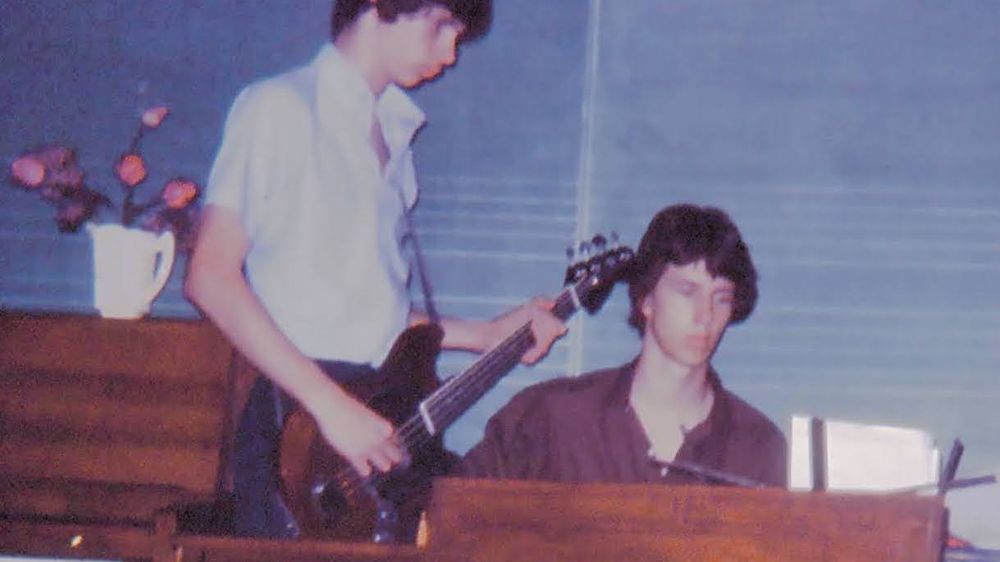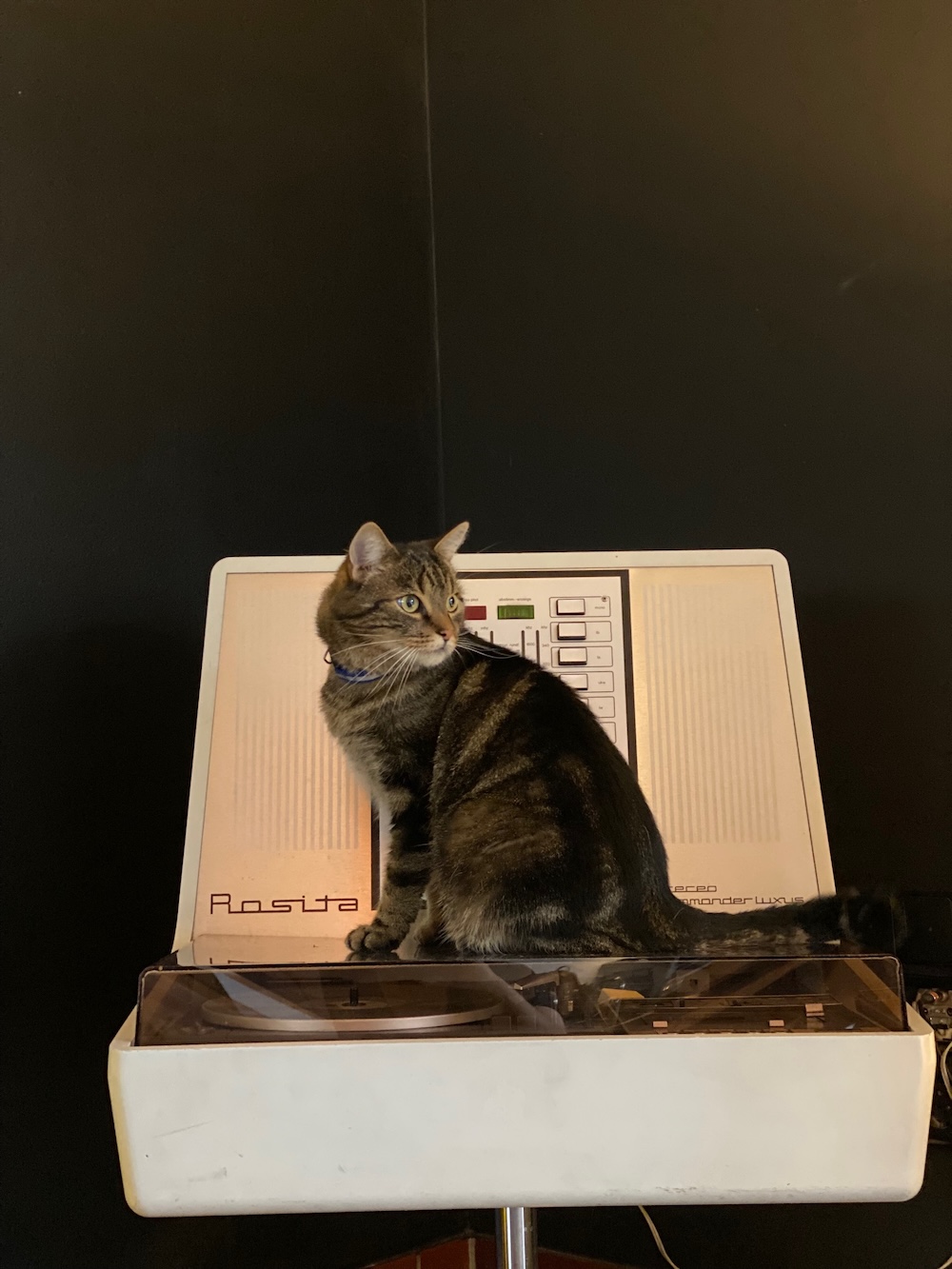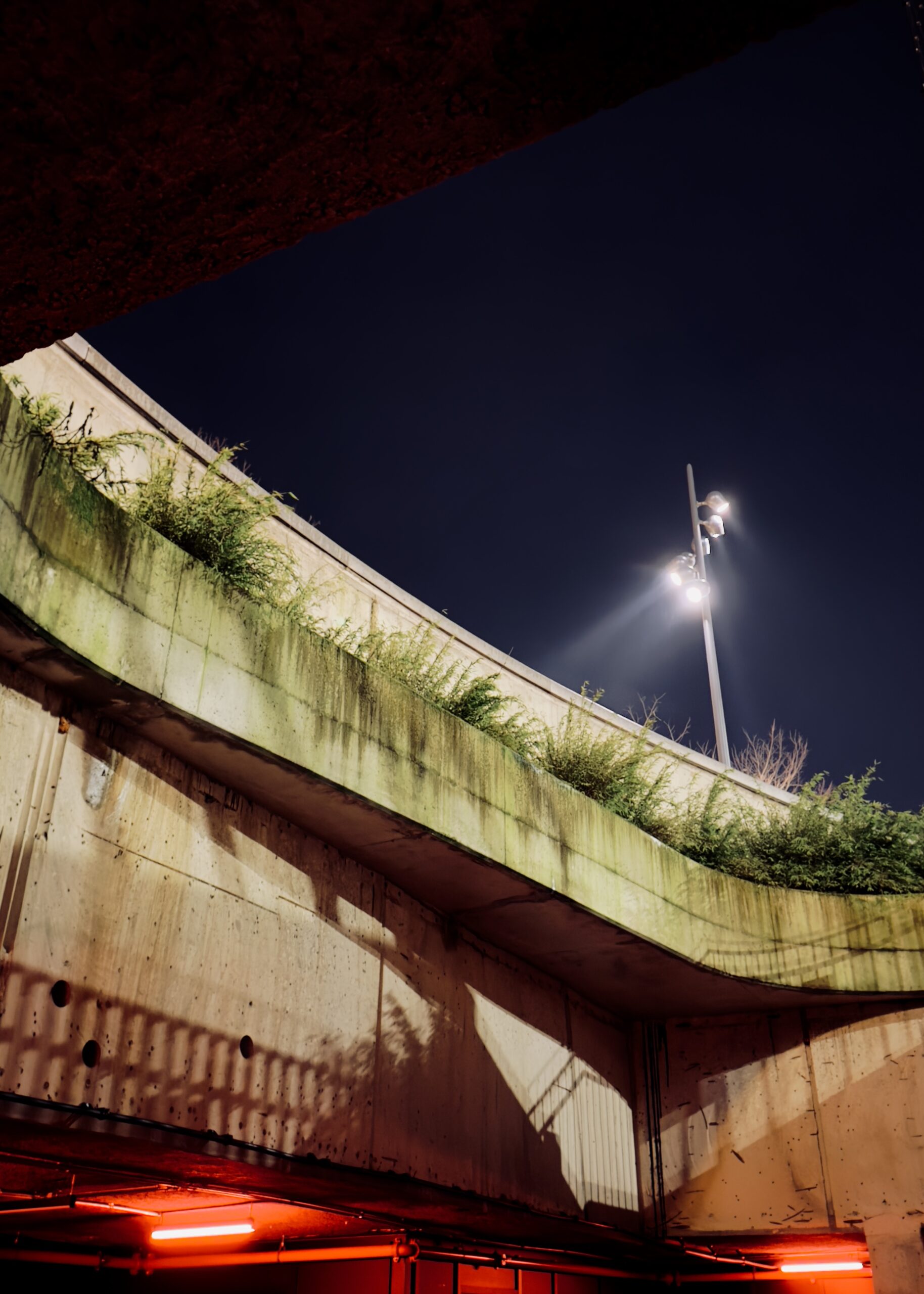Teenage Ambient Experimentation: A Guide to the Home Recordings of His Name Is Alive

Esteemed cult writer Mike McGonigal – editor of Maggot Brain & author of books on Galaxie 500 & My Bloody Valentine – takes you through an album trilogy of teenage ambient experimentation recorded by Warren Defever aka His Name Is Alive, whist growing up in the suburbs of Livonia, Michigan in the 1980s.
These notes are extracted from the new ‘A Silver Thread’ boxset on the Disciples label, with imagery taken from the Defever family collection.
PART 1: HALLELUJAH ALL THE WAY HOME
When we say that this material, which dates back to 1979, is early, we mean that some of these sounds were somehow made when Defever was ten years old, up through to when he was seventeen. And friends, let’s be honest. You didn’t even know it was possible to stop picking your own nose at the age of ten, while I myself had yet to even figure out precisely how to fit my own finger inside of my own nose when I was that age. Does this make Defever a genius? Or some kind of savant? We will settle for quite talented; how’s that?
Mr. Defever is a close friend of mine here in Detroit. And the guy is an expert at fudging truths, playing with facts. He casually invents mythologies which no one else would ever think of inventing, as they border the silly and the mundane. “Liz Copeland wrote an article once for Orbit called ‘His Name Is A Liar,’” Defever says with pride, “and one time, an article in Melody Maker questioned that we had our own incense (which was real) but believed it when I said that we had our own annual science fair. That was a lie; I don’t know why I told them that.”
“I started performing when I was five,” the bearded 49 year-old Detroit resident says, actually reading from a prepared statement over vegan snacks like this is some kind of press event and there are reporters here from Tokyo or something. “My grandfather was a self-taught musician from Saskatchewan in Canada and he showed me how to play banjo, slide guitar and fiddle,” this first statement continues. “My earliest memory is having a full size 127 pound accordion placed onto my lap. I would play dances with his band and we would play old-timey country music, folk songs, polkas, and waltzes. By age ten, I had a tape recorder and was using it to capture the sounds of nearby lakes, thunderstorms, and my older brother’s LP collection played at the wrong speeds. As a teenager, I got deep into all kinds of music –punk, new age, blues– and played bass in the high school jazz band, as well as studying Bach chorale harmonization and counterpoint. My first album consists of rhythm tracks made of loops of the next door neighbor raking leaves and shoveling the driveway with echoey guitars and vocals with lyrics about ghosts.”

A lot of this music is pure experimentation: a kid who got a state of the art 1983 guitar sampler, which means that it can loop sound for a total of one second. Or placing one boombox in the corner to simulate multi-tracking. Or finding the limits of an early sampling keyboard, and what happens when that blues LP is played at half speed? One of the things about being a kid and having artistic impulses is that if you are remotely talented enough, you are going to work through some influences. If you are lucky or even smart, you are going to choose some decent influences to work through.
My own first thought upon really digging into the mastered version you hear on the record was that this shit just sounds so good, it has to be fake, even though I myself have seen the cassette tapes it is sourced from. “The fakest thing I think is the overlapping of the songs for flow; that’s a technology that was not available to me at the time,” Defever says.
Wonderful polymath musician and lifetime Michigander Shelley Salant went through the mass of material in the hopes there might be something that sounded good. Defever put them in order based on how well they flowed, and the result is this crazy soup of shimmery, mystical shit that you hear now. Warren went through his old notebooks for song titles when there weren’t ones on the tapes (thankfully, Defever seems to never have thrown anything away). From that old notebook, three possible album titles were grabbed: ‘All The Mirrors In The House’, ‘Return To Never’, and ‘Hope Is a Candle’ (which is from an old hymn, Warren says). Obviously, he chose well.
PART 2: ALMOST LOST
‘Return to Never’ is the second in the series and loosely speaking consists of more “noise” type music. Years before Defever began to make acrid fun of the Michigan noise genre via the highly stylized annual pop art performance piece “Noise Camp” (in collaboration with co-founders Davin Brainard and Dion Fischer), he fucked with the stuff himself.
Environmental field recordings appear to form the basis for much of the first side. Sustained tones compete with crashing ocean waves and what might now be bulldozers before lighter, processed ambient sounds appear. Then we witness the young Defever learn not only how to fuck with backwards guitars, but to make them ring. There is remarkable restraint here, and it’s obvious that these were serious experiments. Defever didn’t just take everything from the child’s chemistry kit, mix it all together, and wait to see what would make it blow up, the way you and I did. Defever was investigating the building blocks of sound, the way you only can as a compulsive 13 year-old with no social life.
The funny thing about this release is how it is probably closer to what most people think His Name Is Alive’s music sounds like. We have the dark! The menacing! The psuedo-industrial! So relax and smoke your clove cigarette, baby. But by the time you’re through coughing, you might realize how downright lovely this music is. If any individual track could be pulled at like taffy and expanded into a full 18 minute side, it would be a lost classic of modern minimalism. Few 13 year-olds alive can make such a thing, of course. These are environmental experiments, blended together by an adult hand.

A few similarities spring to mind about the young Defever and the less-young one of today. Firstly, he isn’t afraid to try something new. Warren is both too smart and not smart enough to have stayed in one lane for very long, ever. Even when making the kind of soulful, weird indie-rock he made in the 1990s, and whatever you call the bearded hippie prog-jazz nonsense concept album about the Mayan space program he artisanally makes in small batches with silkscreen jackets today, there is a lot of variety within each approach. And he isn’t too scared of being a goof. After all, the whole thing ends with an inept attempt to recreate the first Jesus and Mary Chain 7”, without vocals. Once again, this record is better than it has any reason to be.
PART 3: THE INTENTION IS PURELY NEGATIVE
‘Hope Is A Candle’ is the third (and final) in the series of literal juvenilia recordings by His Name Is Alive. This material was recorded between 1985 and 1989, and where the first release was weird and shimmering ambient music and the second traversed some noisier territory, here is where we really hear those impulses coalesce. Here are the roots of the 1990 4AD debut album ‘Livonia’; very astute listeners might recognize glimpses of these sounds from a self-released CD-R/tape release called ‘Early Works’.
Defever’s own words will now comprise the rest of these notes, and not merely because I’m lazy. Where for the first two records, we were able to hang out in person –consuming exquisite vegan snacks and an assortment of seltzers in the giant loft on Brooklyn St. which has since been bought by some impossibly rich teenager or something– Michigan inclement weather compelled us to do this back and forth in email. Anytime you visit with Warren, he will say afterwards, “That was a good meeting.” It’s actually always funny. And Warren will tell you that he hates to talk about himself or his music, but he can do so really well. It helps if you like your wit extra dry and your run-on sentences extra runny.
——–
“The album’s title, ‘Hope Is A Candle’, comes from a hymnal melody that goes back to Shakespeare‘s time and a metaphor from the Book of Leviticus in The Old Testament and is occasionally found in lyrics from gospel and Church of Christ field recordings from the 1930s. I think I got it backwards though; I thought it was about hope fading to nothing. I imagined watching the hope levels on a VU meter turned up high, in the red, and slowly depleting first to zero, a baseline standard, neither positive nor negative, and then gradually attenuated to a final state of complete hopelessness. Apparently the believers think the flame will continue despite all the melting going down around it but I can’t relate to that. Sorry if the title accidentally implies a positive feeling. To clarify, the intention is purely negative.

When ‘Livonia’ was released in 1990, although it was our first album I felt like it was the culmination of ten years of work. Yes I was only twenty years old but it wasn’t like I just started; so we sold tapes at shows that compiled “Early Works”, titled like I was a proper European fancy composer. At this point I can’t remember if the title was a joke or half-joke or totally serious. Can’t tell what’s real anymore. It’s been available on youtube for years, thanks Internet. The criteria for inclusion on this release was threefold: I chose the least embarrassing tracks, pieces that flowed together nicely, and songs that Shelley had found the master tapes for. Several elements here re-appear on Livonia in different recordings.
My older brother really pushed me to play guitar when I was younger, holding my fingers down hard onto the neck until I cried, forcing me to memorize all the notes on the guitar fretboard, all of them, all the way up the neck, not just a couple simple cowboy chords; it was intense, it was torture, I cried a lot. I’m crying now. Thanks John. I had already been playing music with my grandfather and his various musical groups since I was five. Some of my earliest memories are performing at retirement homes and hospitals for old folks with nightmarishly gnarled hands who hadn’t seen live music since waltzes and polkas faded from the popular music charts.
The advent of post post-punk, industrial music, sampling, looping, and modern classical meant musicians were no longer tied to playing with the four boys they went to high school with. Without having to worry about band members’ egos or limiting the arrangements and instrumentation to what could be performed live, an album now actually could resemble Gothic architecture, in its elaborate design and detailed ornamental features. Digital recording and compact disc technology opened up previous restrictions on basic analog audio parameters. The most far-out moments in a dub track could now be presented as an entire track itself.

The blues and its various extended forms were no longer required as the structural basis of a song. The new technology had its own pillars and arches which would allow larger spaces and more light to an entire recording. I didn’t know what mInimalism was, but I liked the word. And I had heard Steve Reich (although not Philip Glass nor Terry Riley, yet). I wasn’t familiar with Brian Eno but had read descriptions of Robert Fripp’s Frippertronics in my brother’s Creem magazines and knew enough about overloading a tape deck’s input level and Hendrix’s most fuzzed-out moments to want to get in on that. I wanted to do my own Music For 18 Musicians. But I didn’t know 18 musicians; I barely had two friends, and even they couldn’t stand me.”
‘Hope Is A Candle’, the third & final volume in the His Name Is Alive ‘Home Recordings’ archival series & ‘A Silver Thread’, an anthology boxset that compiles the full series on CD, is out February 12th on Disciples.
Info / Listen HERE


















Must Reads
David Holmes – Humanity As An Act Of Resistance in three chapters
As a nation, the Irish have always had a profound relationship with the people of Palestine
Rotterdam – A City which Bounces Back
The Dutch city is in a state of constant revival
Going Remote.
Home swapping as a lifestyle choice
Trending track
Vels d’Èter
Glass Isle
Shop NowDreaming
Timothy Clerkin
Shop Now